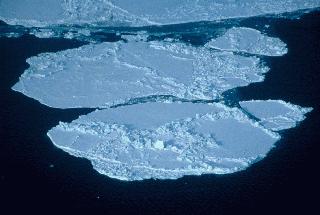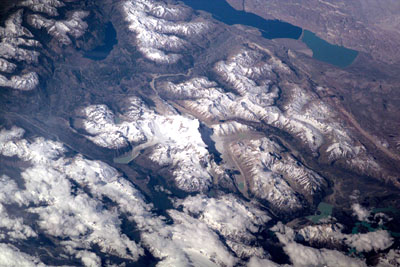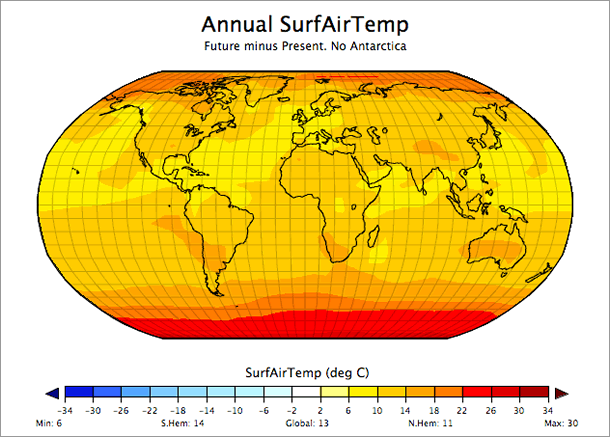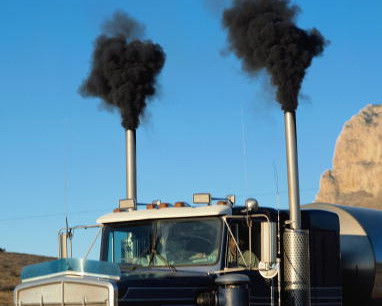
NASA
Ice-Albedo Feedback: How Melting Ice Causes More Ice to Melt
Arctic sea ice is covered with snow all winter. Bright white, the snow-covered ice has a high albedo so it absorbs very little of the solar energy that gets to it. And during the Arctic winter, very little solar energy gets to it anyway. The Sun stays low on the horizon, days are short, and above the Arctic Circle there is at least one day of winter when the Sun does not make an appearance at all.
However, as summer approaches, the Sun climbs higher in the sky each day, and temperatures warm. The snow on the surface melts and the bare sea ice is exposed. Summer is a warmer time than winter, but it becomes even warmer as the ice changes and melts. The ice is darker in color than the snow. Melt ponds and cracks called leads forms in the ice, which are also darker in color. And where the ice has melted, dark ocean water is exposed. These changes decrease the albedo. With a lower albedo more solar energy is absorbed and less is reflected. This causes more ice to melt, which in turn lowers the albedo, causes more energy to be absorbed and more warming to occur.
Because Earth’s temperature is climbing as more greenhouse gases are released into the atmosphere, the snow on top of the ice melts earlier in the spring and temperatures drop to the chilly levels at which sea ice can form again little later in the fall. There is more time during the summer for the compounding cycle of melting ice, lowering albedo, trapping of more solar energy, and more ice to melt.
This process of a little warming causing more warming is called the ice-albedo feedback and it is one reason that the Arctic is very sensitive to changes in temperature. The ice-albedo feedback can turn a small climate change into a big climate change. The sea ice is melting rapidly in the Arctic Ocean. In about the past three decades the amount of ice covering the Arctic Ocean has dropped about a million square kilometers (about the size of Alaska). According to climate models that pace of ice melt will continue to quicken so much that that there may be no more summer sea ice within the next few decades.
There have been times in Earth history when ice-albedo feedback has worked in the other direction. That is, climate cooled and more ice formed, albedo increased, which decreased the amount of sunlight absorbed, and climate became even cooler, which caused more ice to form. For example, at the end of the Proterozoic Era more than 800 million years ago, Earth went through a period where temperatures plummeted worldwide. This time is known as “Snowball Earth” because there is geologic evidence that ice formed worldwide, even near the equator and at low altitudes. Scientists have used computer models to test what could have caused this extraordinary cooling. They have found that a runaway ice-albedo feedback could have been the cause of the extreme and rapid cooling that caused “Snowball Earth”.












